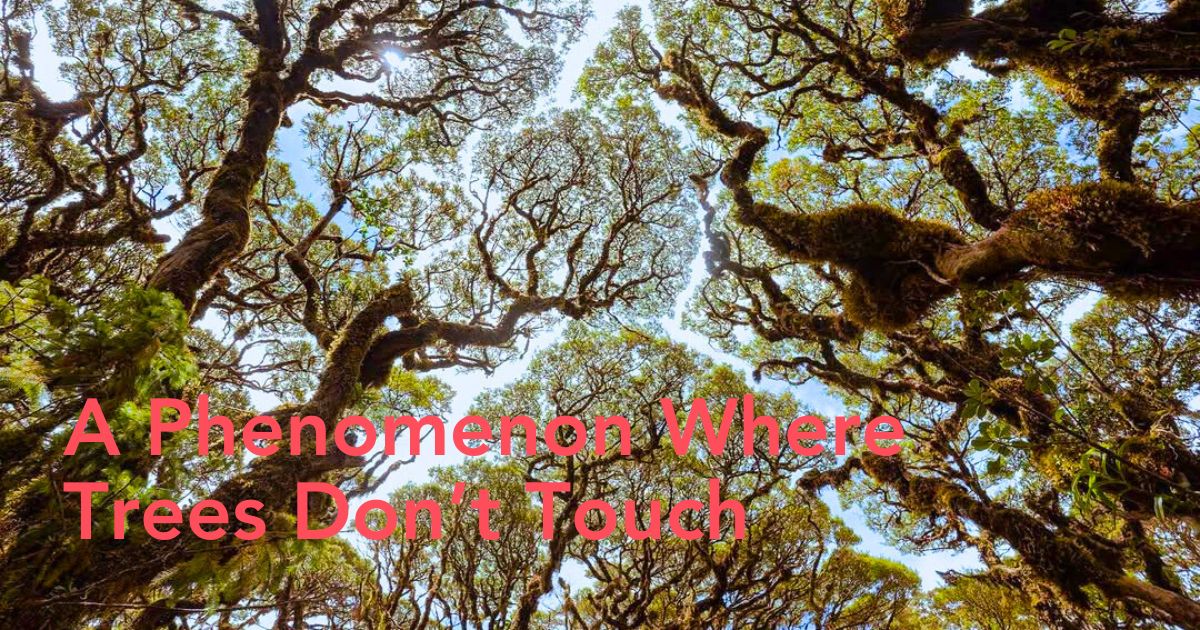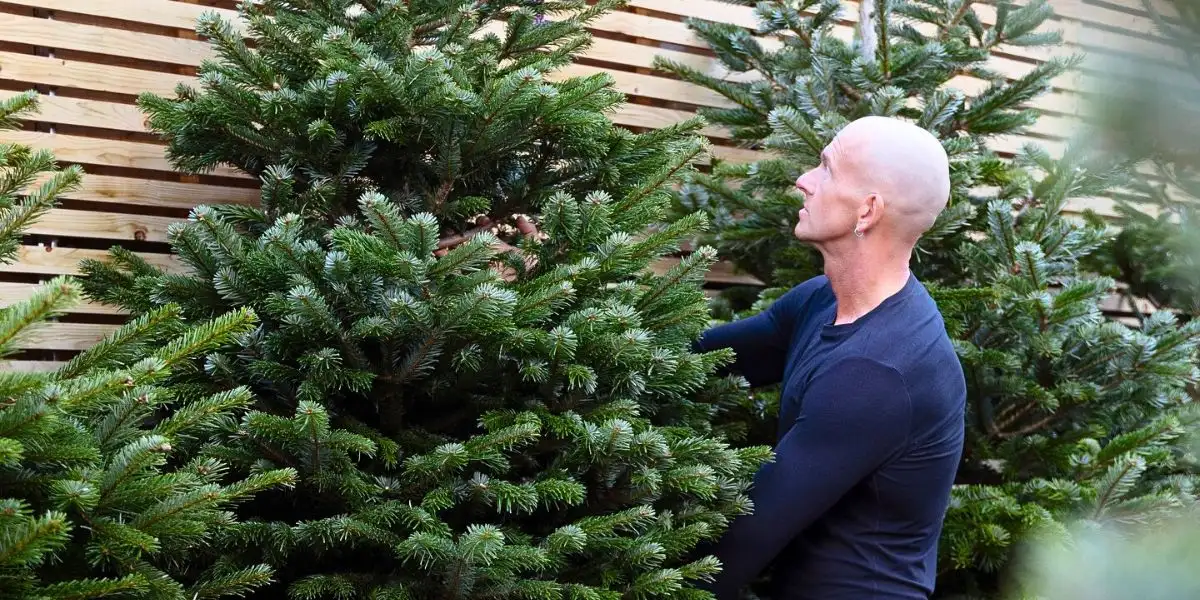Are you enthusiastic about nature and, perhaps, do you love forest bathing or taking walks amid the lush greenery of forests? Then once in a while, you’ve, certainly, witnessed a somewhat intriguing phenomenon in which tree crowns in the forest seem to deliberately ‘keep to themselves’ and avoid touching each other. Strange as this may seem, it is, in fact, a natural phenomenon and has a name. This is crown shyness and is driven by a host of factors. It is practically nature at work!
Crown shyness, also known as canopy disengagement or canopy shyness, is a phenomenon observed in certain species of trees, particularly in the uppermost branches of their canopies. It refers to the natural pattern of gaps or separations between individual tree crowns, where the branches of neighboring trees do not touch or overlap completely when viewed from below. Essentially, the tree crowns avoid growing into each other, producing a puzzle-like pattern.
The Marvel of Crown Shyness
The term ‘crown shyness’ was coined in 1955 by Australian forester and botanist Maxwell Ralph Jacobs, even though the phenomenon had been observed since the 1920s. It defines a distinctive behavior that appears to defy the natural inclination of branches to intermingle.
Canopy disengagement can be observed in various tree species, including eucalyptus, pine, oak, and maple. The topmost branches of the trees seem to engage in a complex behavior, leaving precise gaps and separations between their crowns. While its exact causes are not yet fully understood, there are several proposed explanations for it.
One theory suggests that the gaps between tree crowns may be a result of competition for resources such as light, water, and nutrients. By minimizing overlap, trees can maximize their access to these essential resources.

Photo: @corieo
Another hypothesis is that crown shyness may serve as a natural defense mechanism against the spread of pests or diseases. Keeping a physical distance between tree crowns ensures the transmission of pathogens or pests from one tree to another may be reduced. While it is generally a tree phenomenon, it is not universal. It is not present in all tree populations. The extent and intensity of crown shyness can vary, ranging from subtle gaps to more pronounced separations that create visually striking patterns in the forest canopy.
Even so, while crown shyness has been the subject of scientific study, there is still ongoing research to better understand the underlying mechanisms and ecological significance of this phenomenon.
What Are the Benefits of Crown Shyness?
The phenomenon offers several benefits to the trees that exhibit this behavior. Firstly, it allows each tree to access ample sunlight - a vital resource for photosynthesis - by preventing the overlap of branches. It ensures that sunlight can reach the lower branches and leaves, promoting their growth and enabling efficient energy production.
Moreover, crown shyness aids in the efficient distribution of rainfall. When rain falls through the canopy, the gaps between tree crowns act as channels, guiding water to the forest floor. This facilitates the absorption of water by the soil and minimizes surface runoff, helping to maintain a healthy water balance in the ecosystem.
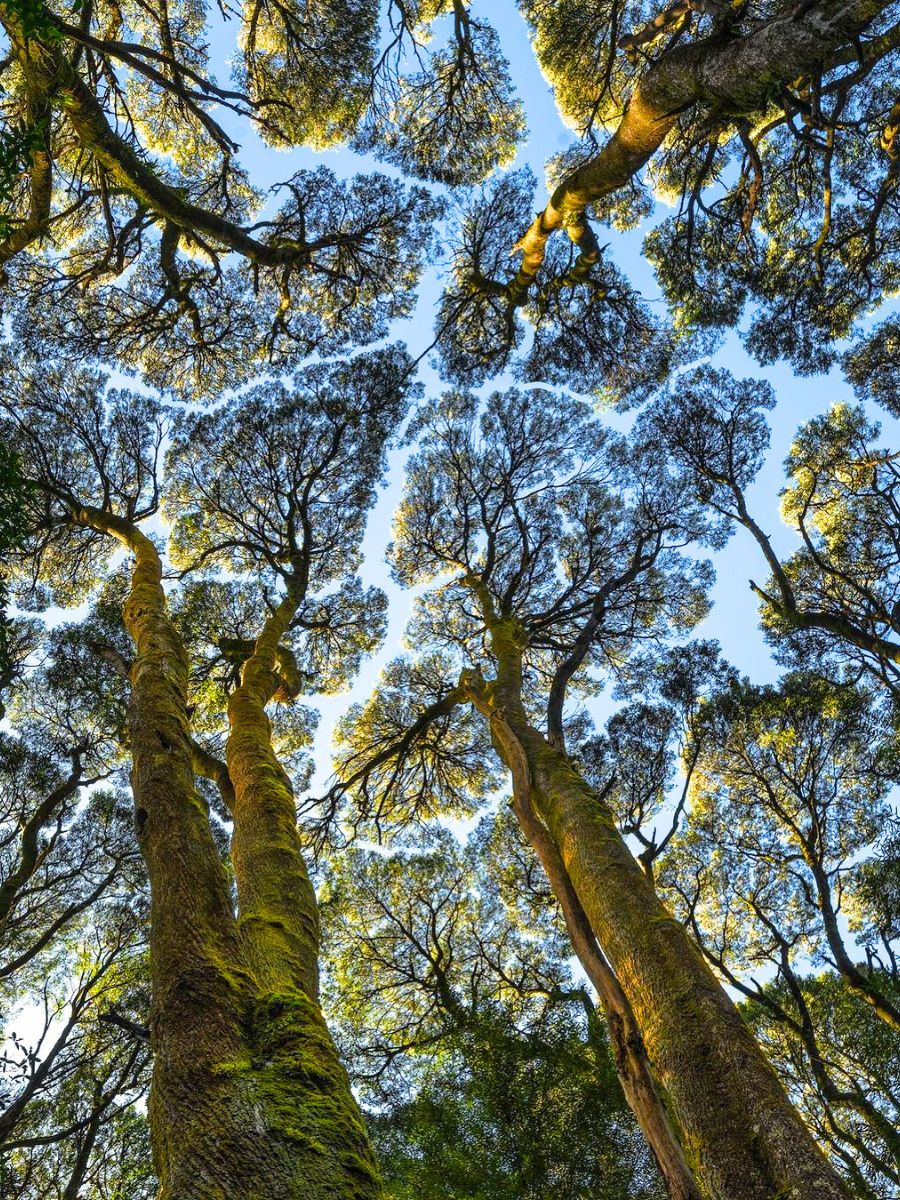
It also plays a role in reducing wind resistance. The gaps between tree crowns create pathways for wind to pass through the forest canopy, decreasing turbulence and potential damage caused by strong winds. This phenomenon is particularly beneficial in areas prone to cyclones or intense storms. Here, crown shyness can contribute to the overall structural stability of the forest.
Ecological Significance of Crown Shyness
More than its special benefits to individual trees, crown shyness holds ecological significance. Forests with crown shyness exhibit a unique spatial pattern that influences light availability throughout the ecosystem. This, in turn, affects the growth and distribution of understory vegetation, which plays a crucial role in the overall biodiversity and ecological balance of the forest.

The gaps created by crown shyness also provide opportunities for different species to establish themselves in the canopy. Epiphytic plants, such as ferns and orchids, can take advantage of these gaps, colonizing the exposed branches and enriching the diversity of the forest ecosystem.
In addition, the unique light conditions within crown-shy forests create microhabitats that support a variety of flora and fauna. Such plants and animals take advantage of these unique conditions to establish themselves and thrive.
More Interesting Facts About Crown Shyness
Crown shyness can vary in intensity and pattern. In some instances, the gaps between tree crowns may be subtle, with branches barely touching while in other cases, the separations can be more pronounced, creating visually striking patterns in the forest canopy. The extent of crown shyness can also vary within a single species and can be influenced by factors such as tree age, site conditions, and genetic predisposition.
Video by @natgeo
Also, several factors can influence the development and extent of crown shyness in trees. One significant factor is the density of the tree population. When trees are more densely packed, competition for resources is heightened, leading to more pronounced crown shyness. Moreover, environmental factors such as light availability, wind exposure, and soil conditions can influence the development of crown shyness in specific tree species.
Likewise, different tree species exhibit varying degrees of crown shyness. For example, in some species of eucalyptus trees, crown shyness is more prevalent and pronounced. In contrast, other species such as pine or oak trees may exhibit a milder form of crown shyness or not display it at all. The specific characteristics of each tree species, including branch flexibility, branching angles, and growth patterns, contribute to the manifestation of crown shyness.
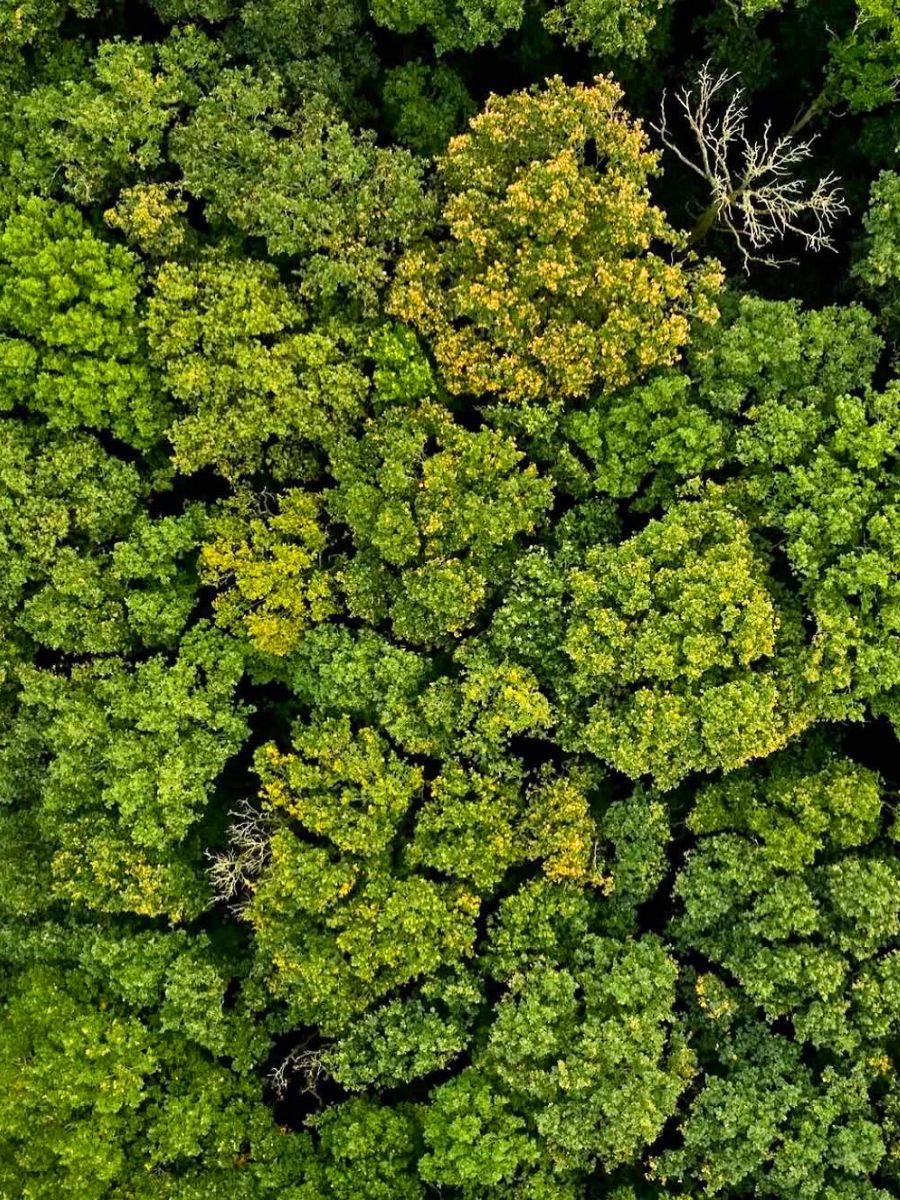
Photo: @sykes.timber
Also, it can display seasonal variations. In some tree species, the gaps between tree crowns may become more pronounced during the winter months when the leaves have fallen, and the branches are more visible. As the trees enter the spring and summer seasons and produce new foliage, the crown shyness pattern may become less apparent.
Where You Can Observe This Amazing Phenomenon
The crown shyness phenomenon is a natural occurrence where the canopies of trees avoid touching each other, forming distinct gaps that resemble intricate puzzle pieces when viewed from below. This phenomenon can be observed in specific forested areas around the world. Here are some notable locations where you can see crown shyness:
1. Malaysia and Indonesia
Tropical rainforests in Southeast Asia, particularly in Malaysia and Indonesia, are well-known for crown shyness among tall Dipterocarp trees.
2. Amazon Rainforest (South America)
In parts of the Amazon, crown shyness is visible among certain species of towering rainforest trees.
3. Queensland, Australia
The eucalyptus forests in Queensland often display crown shyness, especially among older trees.
4. Florida, USA
The pine forests in Florida exhibit crown shyness, particularly among certain species of pine trees.
5. Costa Rica
Cloud forests in Costa Rica, such as Monteverde, offer opportunities to observe this unique canopy behavior.
6. Japan
Some areas of Japan’s temperate forests feature trees with crown shyness, particularly Cryptomeria and other native species.
When observing crown shyness, look for areas with mature trees of the same species growing closely together. The phenomenon is often more visible in forests with straight, tall trees and consistent canopy heights.
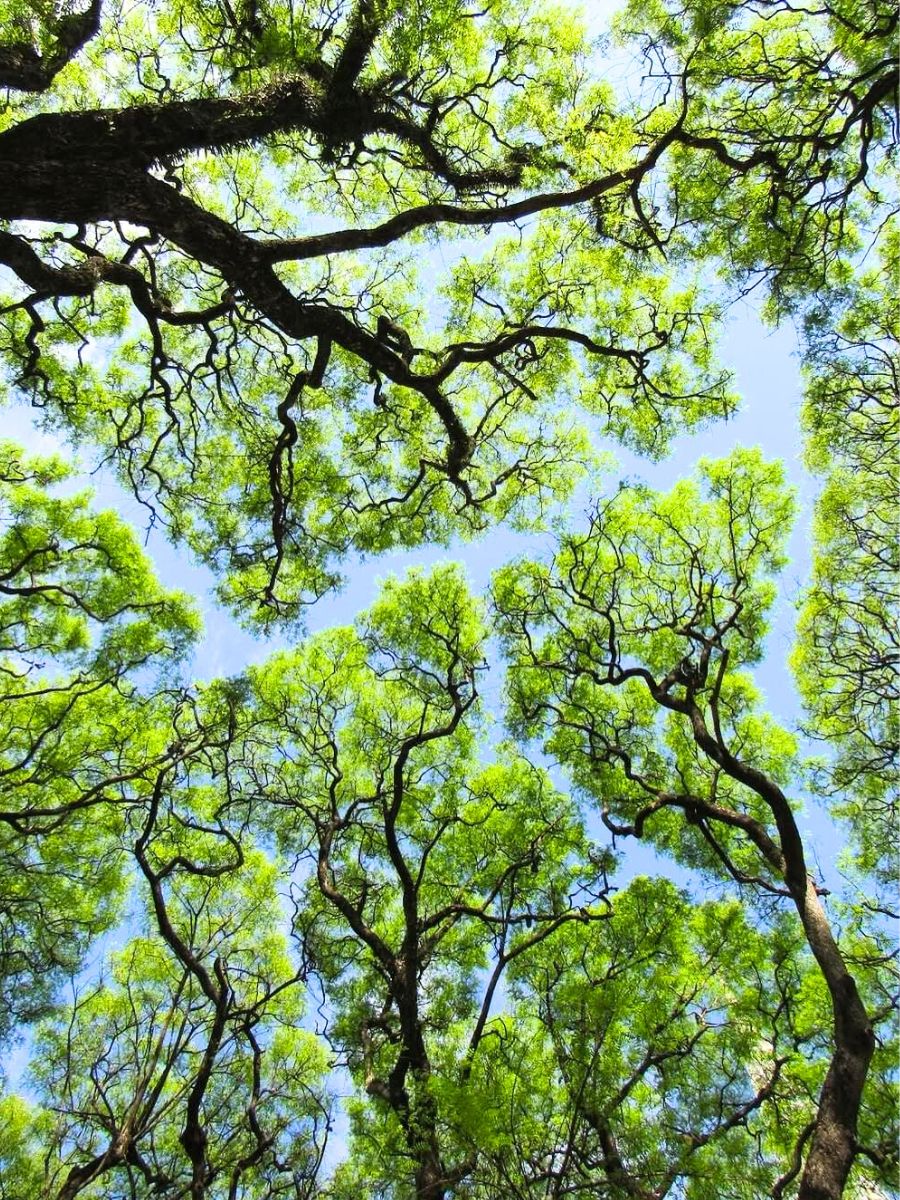
What Can Disrupt Crown Shyness Patterns?
What’s more, human activities, such as logging or forest management practices, can potentially disrupt or alter crown shyness patterns. Clear-cutting or selective tree removal can disrupt the natural competition for resources and result in a loss of crown shyness in affected areas. Preservation and conservation efforts, therefore, play a crucial role in maintaining the integrity of crown shyness in forests and ensuring the continued benefits it provides to the ecosystem.
In the same vein, throughout history, the phenomenon has inspired various cultural interpretations and folklore. In some cultures, the gaps between tree crowns have been associated with mythical creatures or spirits that inhabit the forest. The unique patterns have also been likened to interlocking hands or fingers, giving rise to various other names.
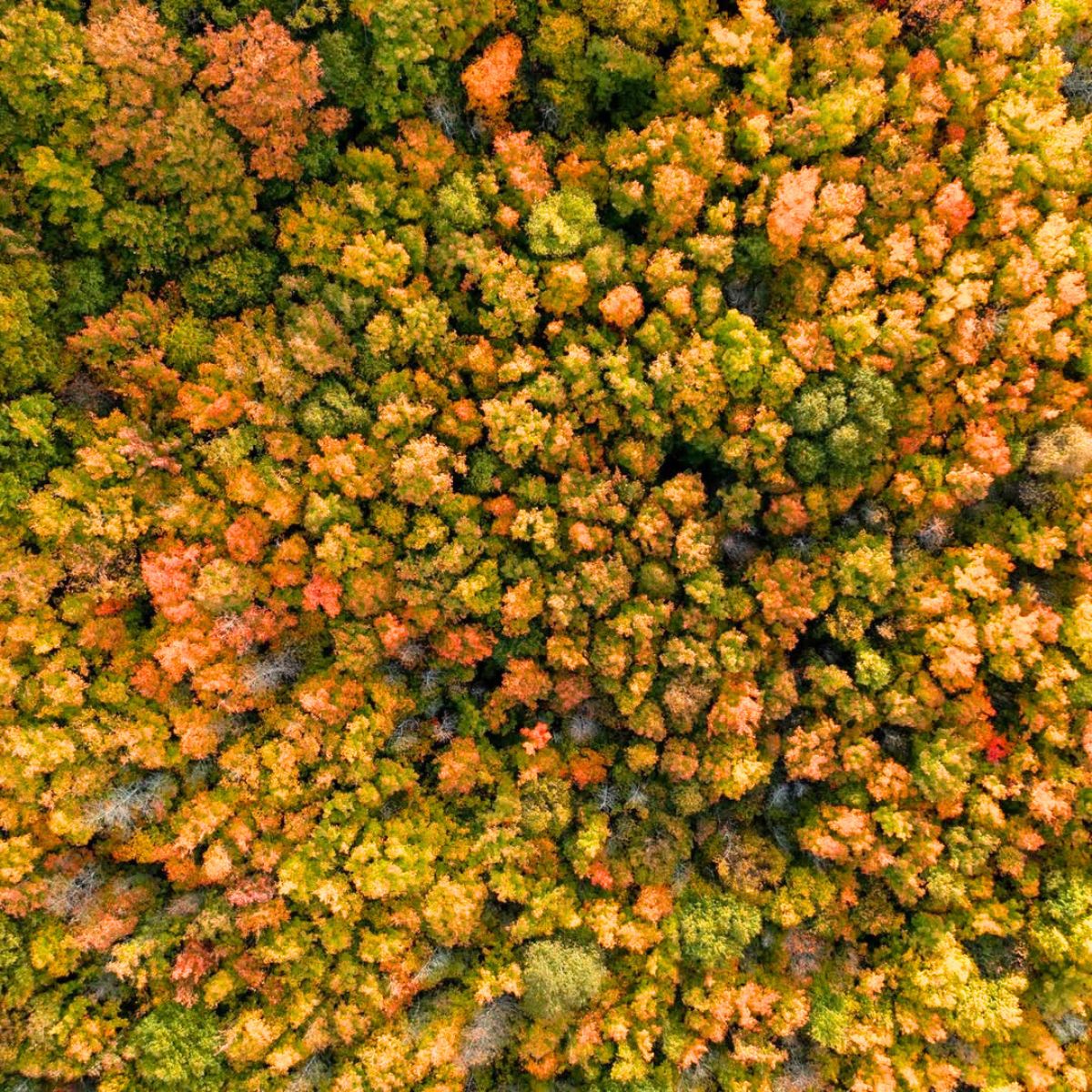
You’d also be fascinated to know that geographic distribution is a key component of crown shyness. The marvel has been observed in various parts of the world, and may not be limited to any specific region or climate. It has been documented in different forest ecosystems worldwide, with examples reported in countries such as the US, Australia, Malaysia, Canada, Brazil, and Sweden, among others.
Furthermore, the study of crown shyness and its underlying mechanisms has practical applications in forestry and urban planning. Understanding crown shyness can help inform forest management practices, ensuring sustainable resource allocation and promoting the health and growth of tree populations. In urban environments, knowledge of crown shyness can aid in the design of green spaces and the selection of tree species that will maximize light penetration and minimize wind damage.
A Phenomenon That Lays Out the Beauty and Wondrousness of Nature
Even so, despite decades of study, crown shyness, still, remains a complex and intriguing spectacle that continues to be researched by scientists. Continuing studies use advanced techniques, including remote sensing and modeling, to better understand its ecological implications as well as its role in forest dynamics. Researchers are also investigating the genetic and physiological factors that contribute to the development of crown shyness in different tree species.

But even as these studies and research works go ahead, you still can perceive this marvelous spectacle and experience its beauty and the wondrousness that nature holds and presents.

